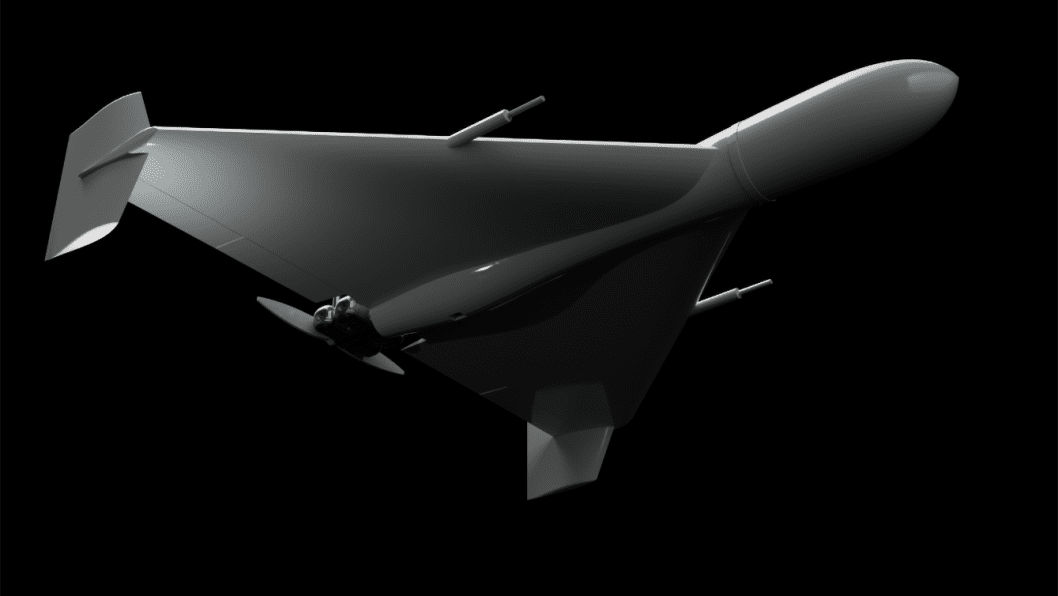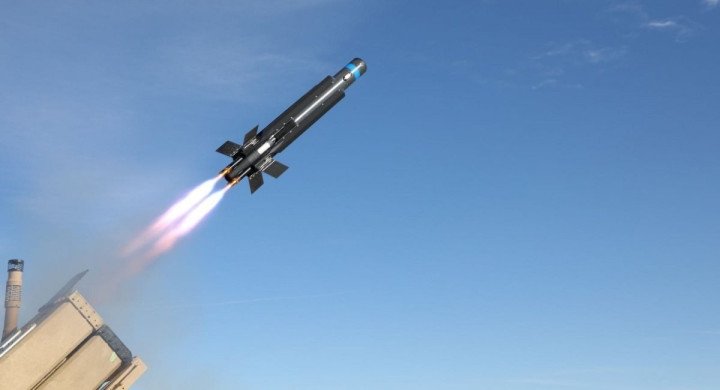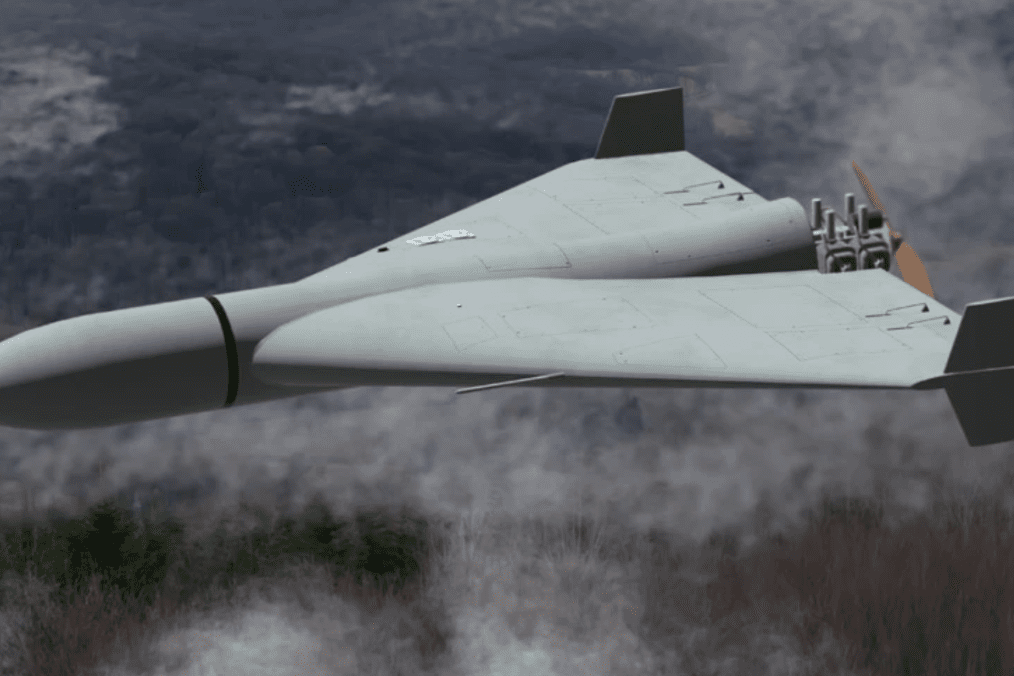Amid an increase in Iranian-made Shahed-136 drone strikes, Ukraine’s military is advocating for a comprehensive overhaul of its air-defense strategy, Defense Express reported on June 19.
Experts say the current focus on anti-aircraft drones is no longer sufficient, calling instead for a layered system with advanced guidance technologies to counter evolving aerial threats.
Since mid-2023, Iran has ramped Shahed-136 production to more than 90 units per day, each costing approximately US $150,000. In response, Ukrainian engineers have fielded low-cost, domestically built anti-aircraft drones capable of intercepting incoming loitering munitions.
However, experts warn these “anti-Shahed” UAVs require enhanced automation, multi-target engagement algorithms and improved seekers to be truly effective.Anti-aircraft drones that have already proven themselves against reconnaissance UAVs are something Ukraine can mass-produce domestically, using readily available components and a small-scale production base.
Their cost will be orders of magnitude lower than a Russian Shahed, even accounting for the fact that they must—and will—be more expensive than standard FPV drones.
With the traditional FPV control method you have to equip the drone with night-vision cameras, which are more expensive. And secondly, you need to remove the system’s reliance on the operator’s skill—hence the need for machine vision, a visual auto-guidance system according to Defense Express analytics.

To augment kinetic interceptors, analysts advocate for a mix of guidance technologies—semi-active laser seekers, radio-command control, acoustic homing and visual image recognition—all designed to increase hit probabilities against small, fast targets under complex conditions.
Such capabilities must also account for the Shahed’s demonstrated resilience in rain, snow and fog, prompting calls for remote, non-contact fuzes and propulsion systems that match or exceed the drone’s kinematics.
Illustrating the concept, Raytheon’s Coyote Block 2C—a compact, rocket-boosted interceptor equipped with a radar-homing head—has entered series production, offering a sub-US $1 million cost-per-shot solution compared to traditional surface-to-air missiles.
Kyiv is also exploring a mix of guidance technologies—semi-active laser, radio-command, acoustic and visual image recognition—to boost hit probabilities under adverse conditions, while foreign firms are entering the fray.
In January, the US Army awarded Raytheon a $75 million contract for 600 Coyote Block 2C jet-powered interceptors—small UAVs with radar-seeker warheads—at roughly $125,000 apiece.

Earlier, Taiwan adopted Ukrainian combat-tested drone software through a partnership with US-German firm Auterion, enabling its forces to accurately track and target Russian assets. The initiative, reported two days ago, demonstrates the exportable nature of Ukraine’s AI-driven counter-UAS technologies and feeds directly into evolving aerial security doctrines.

-111f0e5095e02c02446ffed57bfb0ab1.jpeg)


-72b63a4e0c8c475ad81fe3eed3f63729.jpeg)


-641c85635fc08bec084ac4be4d323353.jpg)
